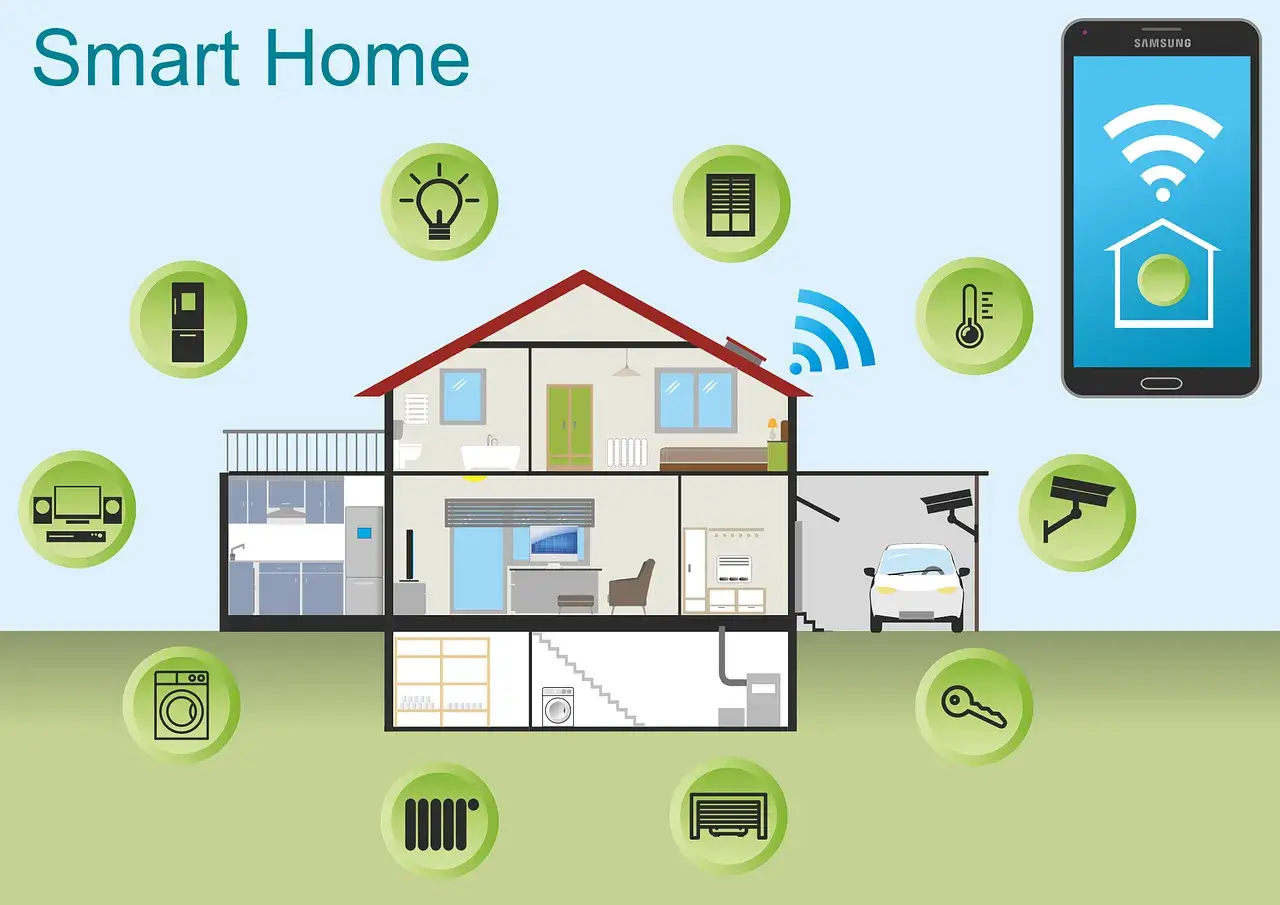August 28, 2023
A Secure Network Connection: 9 Essential Tips to Keep Your Home Network Secure

In the modern era, where technology is omnipresent and connectivity is indispensable, safeguarding your home network has become increasingly crucial. The security of your home network is paramount in protecting your personal data from malicious hackers.
Cyber threats like phishing and smishing (SMS phishing) are becoming more pervasive, making it harder to avoid breaches. Unfortunately, many individuals have fewer security measures in place at home compared to their workplaces. With the rise of remote work, both personal and company data are at risk. In fact, about 46% of businesses experienced at least one cybersecurity incident within two months of transitioning to remote work.
Fortunately, there is no shortage of resources available on home network security, offering straightforward steps to help prevent data breaches. The National Security Agency (NSA) has provided some valuable best practices for securing your home network, outlined below.
Home Network Security Checklist
Fortunately, there is no shortage of resources available on home network security, offering straightforward steps to help prevent data breaches. The National Security Agency (NSA) has provided some valuable best practices for securing your home network connection, outlined below.
1. Modify Default Passwords and Usernames
The first step in securing your home network is to change the default login credentials of your router and connected devices. Default passwords and usernames are well-known to hackers, making it easy for them to gain unauthorized access to your data. Changing these default credentials is an essential measure to protect your home network.
2. Enable Encryption
Encryption is a vital process that encodes information in such a way that only authorized parties can decipher it. Enabling encryption on your home network is crucial for safeguarding your data from interception by hackers. Most modern routers support encryption protocols like WPA2 or WPA3. It is important to use the latest encryption standard, such as WPA3, which is utilized in Wi-Fi 6 routers.
3. Keep Firmware Updated
Firmware refers to the software running on your router and other connected devices. Manufacturers regularly release firmware updates to address security vulnerabilities and introduce new features. Updating the firmware on your router is crucial to ensure the security of your home network. You can typically check for firmware updates through the router’s web interface or the manufacturer’s website. It is important to regularly check for updates, as many users neglect this critical task.
4. Activate Firewall Protection
A firewall acts as a network security system that monitors and controls network traffic, including incoming and outgoing data. Enabling a firewall on your router adds an extra layer of protection to your network, defending against malicious traffic and unauthorized access. Most modern routers come with a built-in firewall, which can usually be activated through the router’s web interface.
5. Disable Unused Services
Manufacturers often enable various services by default on routers, including file sharing, remote management, and media streaming. Disabling any unused services reduces the risk of hackers exploiting them as entry points into your home network. By enabling only the necessary and essential services, you minimize potential security threats.
6. Secure Your Wi-Fi Network
Your Wi-Fi network is a critical aspect of your home network’s security. Securing your Wi-Fi network involves several steps, including changing the default SSID (network name), disabling SSID broadcast, enabling MAC address filtering, and disabling WPS (Wi-Fi Protected Setup). Implementing these measures helps prevent unauthorized access to your Wi-Fi network.
7. Utilize Strong Passwords
Passwords play a crucial role in any security system. Weak or easily guessed passwords can make your network vulnerable to attacks. It is essential to use strong passwords for your router and other connected devices. A strong password should be at least 12 characters long and include a combination of upper and lowercase letters, numbers, and symbols.
8. Create a Guest Network
If you have guests who need Wi-Fi access, such as your children’s friends, consider creating a separate guest network. A guest network is a distinct Wi-Fi network that allows guests to connect to the internet without accessing your primary network. This segregation helps protect your primary network from potential security threats.
9. Limit Physical Access
Physical access to your router and other connected devices can pose security risks. Ensure that you place your router in a secure location, such as a locked cabinet or a room with limited access. Additionally, disable physical access to the router’s web interface, particularly if you have guests or children who might tamper with the settings.
Securing your home network is crucial for safeguarding your personal data from potential threats. By following these best practices, you can significantly enhance the security of your network. And while Tech Eagles works only with small businesses, we care about you and your security and want to see you protected in both your professional and personal life.
If you require assistance with Microsoft 365 setup or security, our team of cloud app experts is ready to help. Contact Tech Eagles today to discuss your needs and ensure you derive maximum value and security from Microsoft 365.
